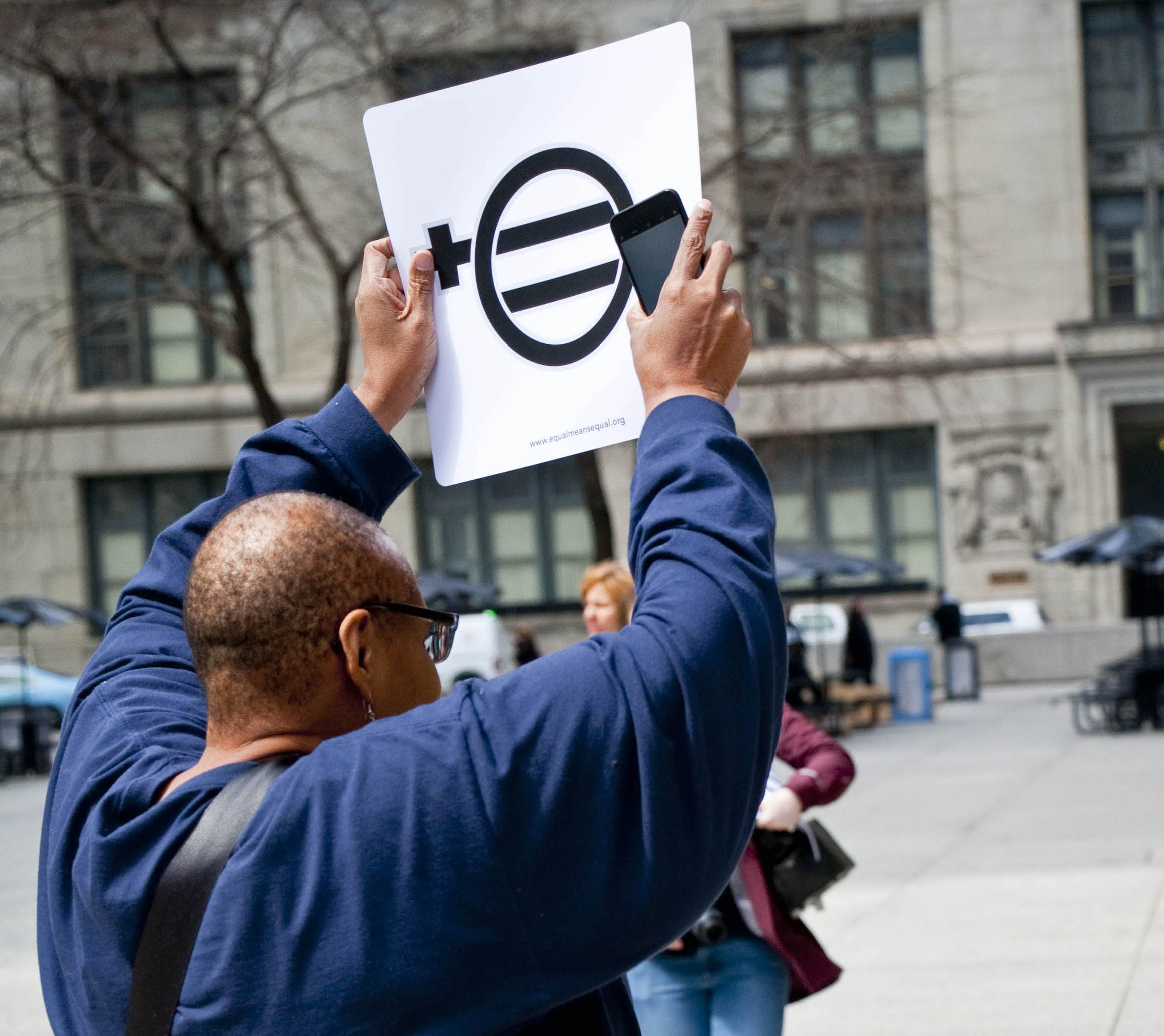A woman in the U.S. makes, on average, 80 cents for every dollar a white man makes. But not all women’s salaries are created equal.
“When you look at women of color, they make significantly less,” says Deborah Vagins, senior vice president of public policy and research at the American Association of University Women in Washington, D.C.
To put this pay gap in perspective, the National Committee on Pay Equity created Equal Pay Day. Aug. 22 is the day when the average African American woman in the U.S. will make as much as her white male counterpart made the year before. Said another way: It takes black women one year and eight months to receive equal pay. It takes even longer for Native American women and Latinas.
“Latinas are making 53 cents on the dollar; that’s half of a dollar,” Vagins says.
At that rate, it will take the average Latina in the U.S. almost two years to make what her average white male counterpart makes in one.
“So, [Aug. 22] is not so much of a celebration,” Vagins says.
Instead, she says it’s a commemoration for what black women have to do to earn a living, and how their pay is inequitable.
The Institute for Women’s Policy Research estimates that achieving equal pay would contribute more than $500 billion to the U.S. economy annually.
To try to close the wage gap, lawmakers have proposed a bill called the Paycheck Fairness Act, which would give protections to people facing pay discrimination on the basis of sex, among other things.















